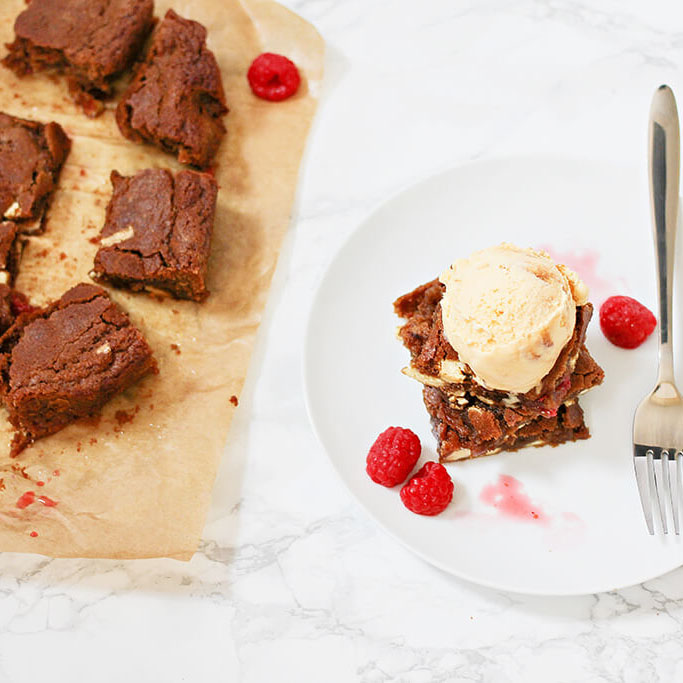diabetes Smart Solutions
Source No 1 and Source No 2 are based on our personal motivation and ability. When it comes to dealing with our behavior, skills need to be learned and should be worked on side by side. Personal Motivation generates when your desire connects with your goals in your crucial moments thus increasing the chances of success, whereas personal ability involves changing the persistent and challenging habits with the help of learning new skills.
Source No 3 and Source No 4 both are based on our social life where we get influenced by the people we are surrounded by. These people work two ways in our lives by both motivating as well as enabling our habits. For example, you are a smoker and your wife wants you to quit. She will have a greater influence on your mind and chances are high that you will quit.












